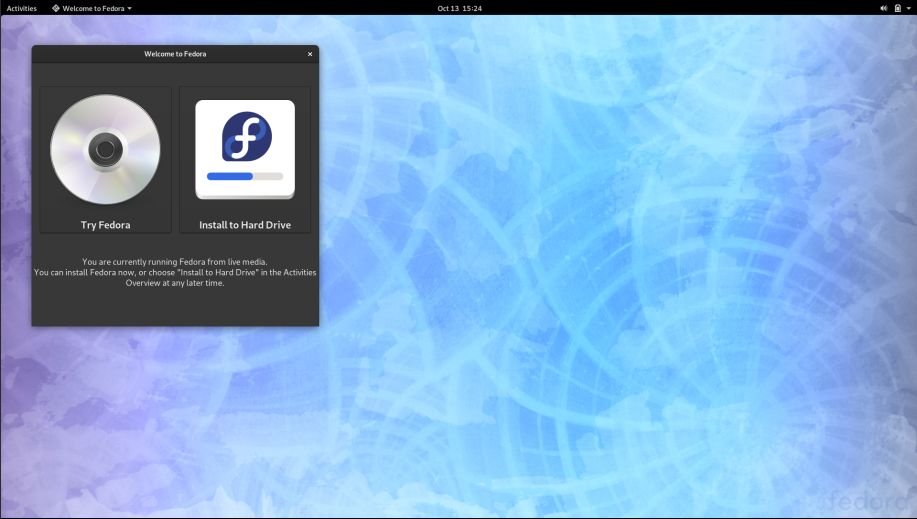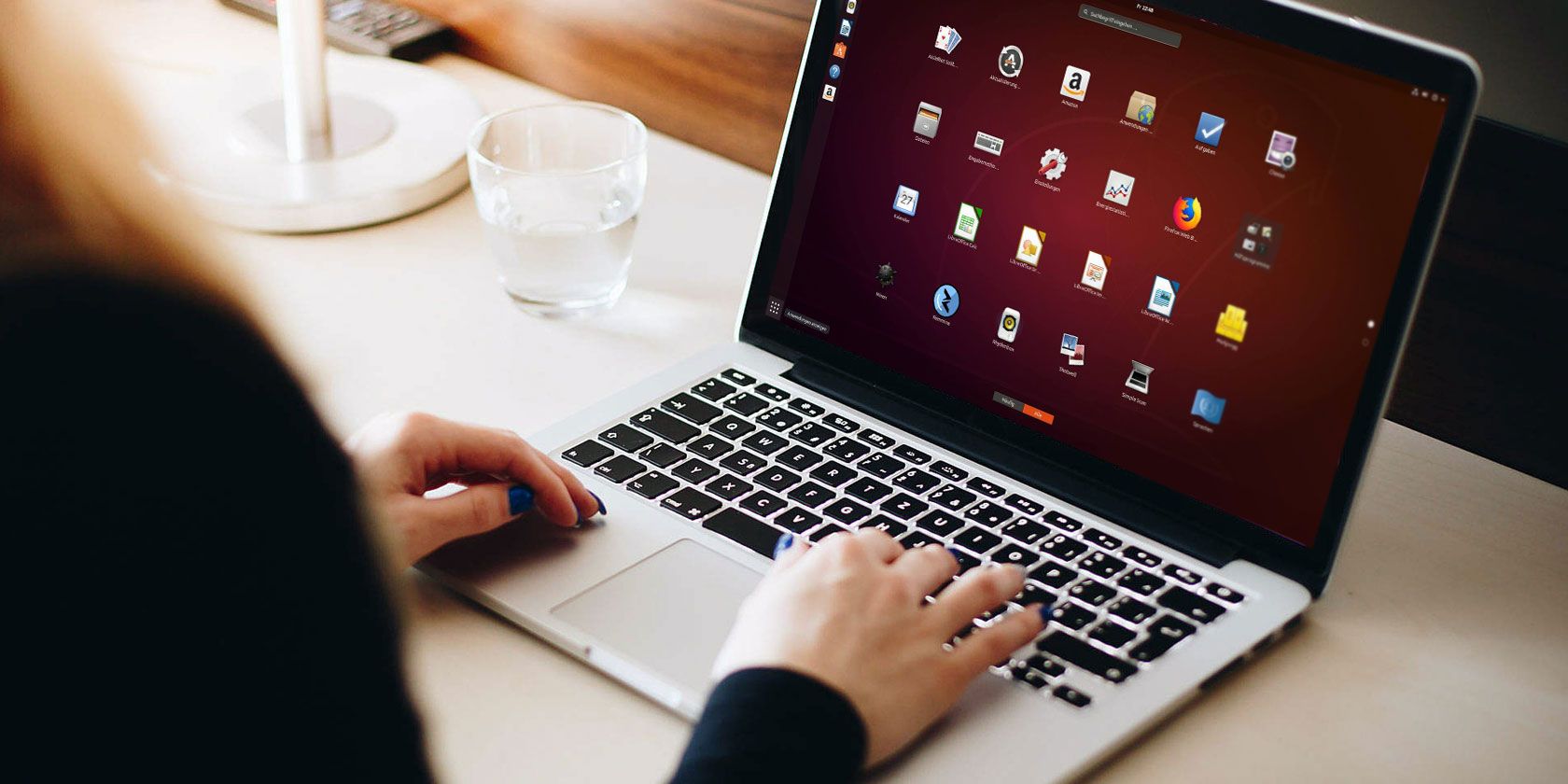

- #HOW TO MAKE A BOOTABLE USB MAC PERSISTENT MAC OS X#
- #HOW TO MAKE A BOOTABLE USB MAC PERSISTENT DOWNLOAD#
- #HOW TO MAKE A BOOTABLE USB MAC PERSISTENT WINDOWS#
#HOW TO MAKE A BOOTABLE USB MAC PERSISTENT WINDOWS#
This explains why I see only Windows option in Apple's Startup Manager. It seems that CentOS-7-x86_64-LiveGNOME-1708.iso doesn't support EFI, but only MBR (BIOS) installations as in the pre-6.5 era. So, I would like to ask how do I configure Debian 9.4 or CentOS 7.4 live distros, to work with persistent storage on my Mac Mini (Late 2014)? If that is not possible, please suggest a working live Linux distro and exact steps. I want to reach a working live distro and then add a persistent storage to that image. Confirmed as functioning correctly are Rufus (may depend on options selected, there have been reports of failure with rufus too), Fedora LiveUSB Creator, Win32 Disk Imager, Rawrite32 and dd for Windows. Applications known (so far) to NOT work are unetbootin, multibootusb and "universal usb installler" - do NOT use these.

Moreover, the CentOS 7 installer image has a special partitioning which, as of July 2014, most Windows tools do NOT transfer correctly leading to undefined behaviour when booting from the USB key. CentOS wiki states that:Įxactly the same method (dd for CentOS v6.5) works for CentOS 7. I also tested Fedora Media Writer, but with the same black screen. Only a Windows option is available on Apple's Startup Manager, but when I select it a black screen appears with no USB drive activity.

USB drive is USB 3.0 Sandisk Extreme 32 GB drive, formatted with OS X Disk Utility in FAT with GUID.
#HOW TO MAKE A BOOTABLE USB MAC PERSISTENT MAC OS X#
Starting with Disk Drill 3, anyone can create a bootable Mac OS X drive in a matter of minutes. It'll make your Mac boot from USB in just a few clicks. Disk Drill is by far the most convenient and up-to-date macOS bootable file rescue solution.
#HOW TO MAKE A BOOTABLE USB MAC PERSISTENT DOWNLOAD#
Set it aside, calm down and download a bootable data recovery app using any other computer. You can turn your computer off, remove the drive in question from the docking station, do whatever may be required to prevent any further utilization of that drive.

The initial recommendation given to anyone who lost important data and would like to proceed with the data recovery is always to stop using the drive where the data was stored as soon as possible.


 0 kommentar(er)
0 kommentar(er)
